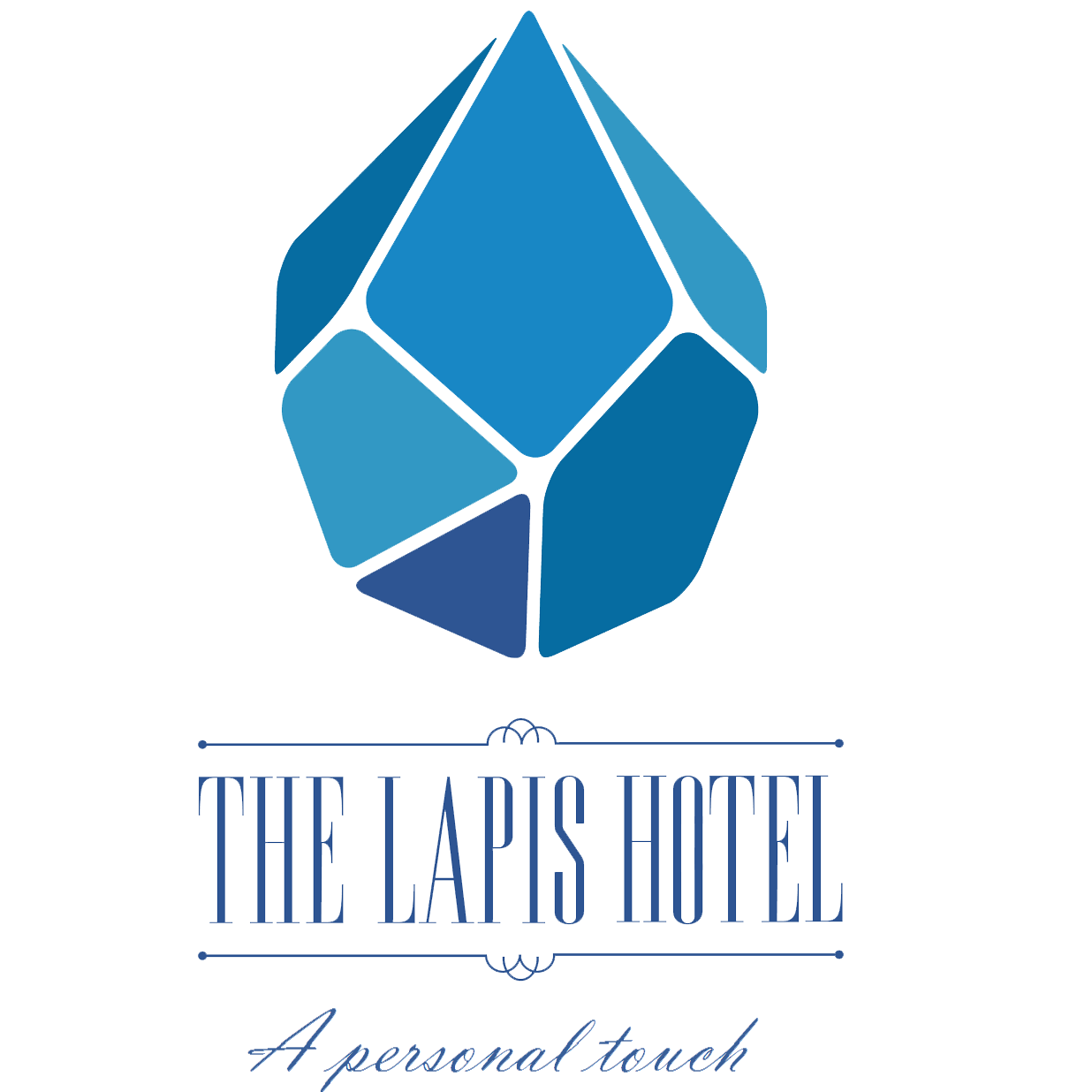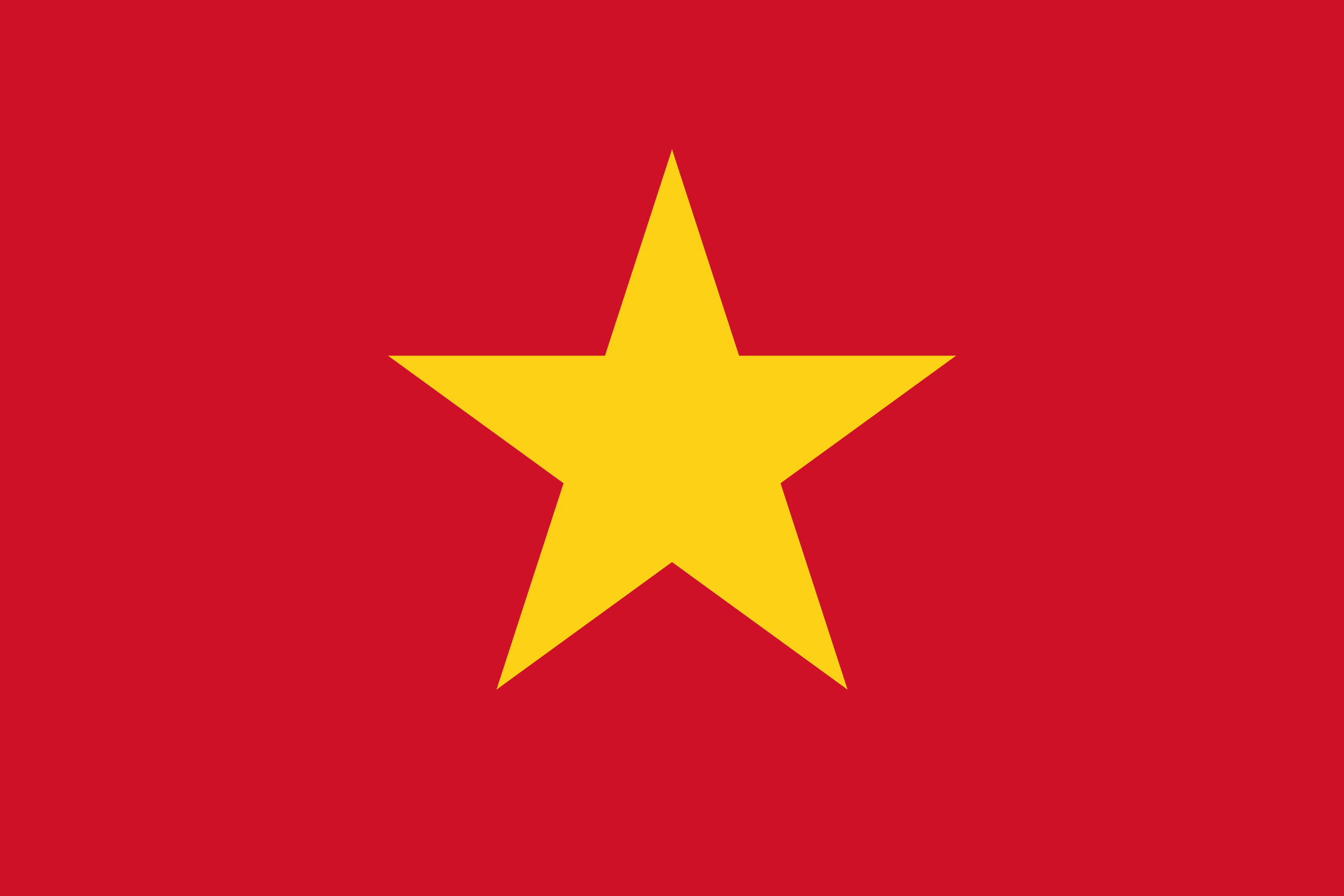Just a short distance from The Lapis Hotel Hanoi, the Hanoi’s Old Quarter is not only a tourist destination but also a journey to discover the unique culture of the thousand-year-old capital. Visitors can easily explore the nostalgic beauty of this neighborhood. Here, you will be immersed in the bustling atmosphere, enjoy specialty dishes, and learn about an enchanting, old Hanoi.
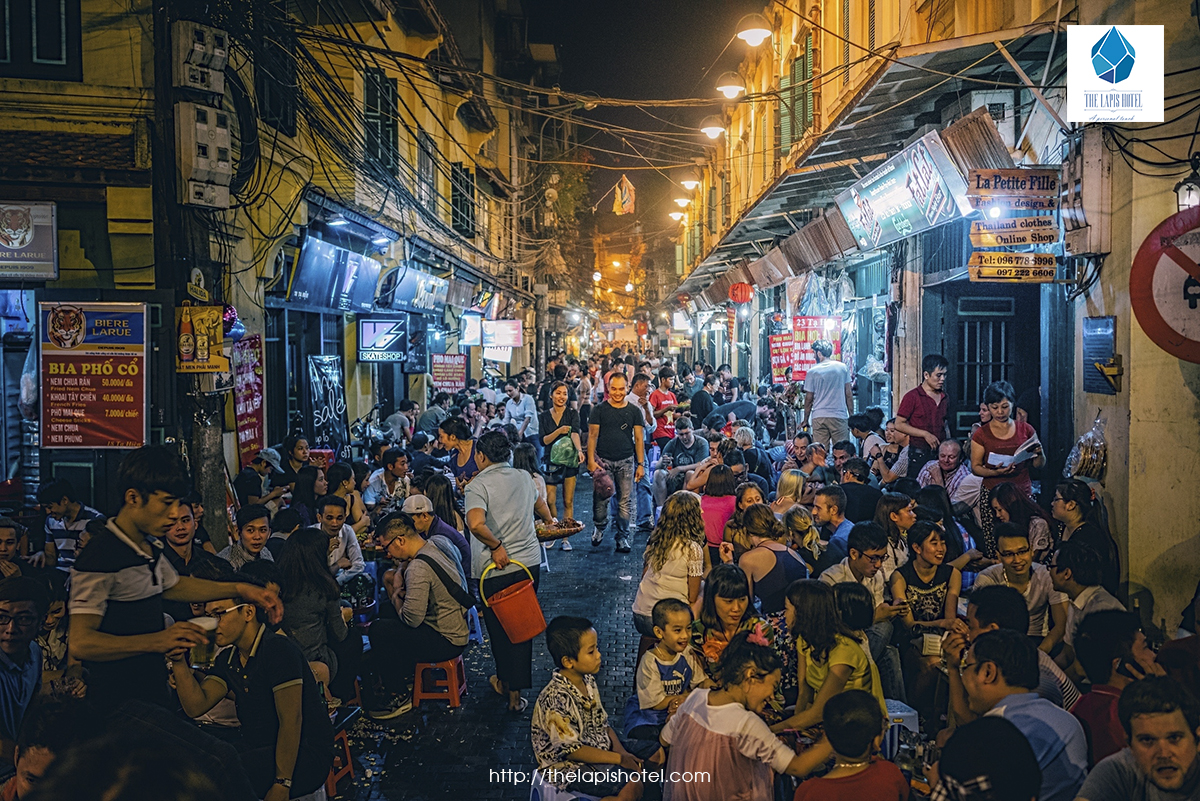
Content
- 1 Overview of Hanoi’s Old Quarter
- 1.1 Hanoi’s Old Quarter was established in the 11th century
- 1.2 Famous Streets with Traditional Craft Villages
- 1.3 Ancient Architecture of Hanoi’s Old Quarter
- 1.4 Famous Historical Sites and Cultural Landmarks in the Hanoi’s Old Quarter
- 1.5 Festivals and Customs in Hanoi’s Old Quarter
- 1.6 Intangible Cultural Heritage
- 2 The Image of the Old Quarter Through the Lenses of Photographers
- 3 Famous Attractions in the Old Quarter
- 4 Must-Try Specialty Foods in Hanoi’s Old Quarter
- 5 Detailed Information and Ticket Prices for Visiting the Old Quarter
- 6 Detailed Information & Specific Guidance for Touring Hanoi’s Old Quarter from The Lapis Hotel
Overview of Hanoi’s Old Quarter
The Old Quarter is not only known for its ancient streets and traditional crafts but also as an attractive destination for visitors to Hanoi.
Hanoi’s Old Quarter was established in the 11th century
- The Old Quarter began to form during the Ly Dynasty when Thang Long Citadel was built, marking the strong development of handicrafts and trade.
- Strong development of handicrafts: Throughout its development, the Old Quarter became a hub for many traditional handicrafts such as papermaking, woodworking, embroidery, jewelry, and steel. These crafts not only contributed to cultural diversity but also promoted strong trade exchanges between regions and even with other countries.
- The Old Quarter became a bustling trading center: In the 18th and 19th centuries, the Old Quarter became an important trading center in Hanoi. It was a place to sell products not only domestically but also internationally, enriching the economic life of Hanoi.
- The Old Quarter is a cultural crossroads: The Old Quarter is a convergence of many different cultures, including Vietnamese, Chinese, and French cultures. Historical relics, ancient architecture, and customs have created a unique cultural picture.
The blend of past and present has made the Old Quarter a vibrant heritage, always attracting tourists, preserving traditional values, and continuing the sustainable development of the capital.
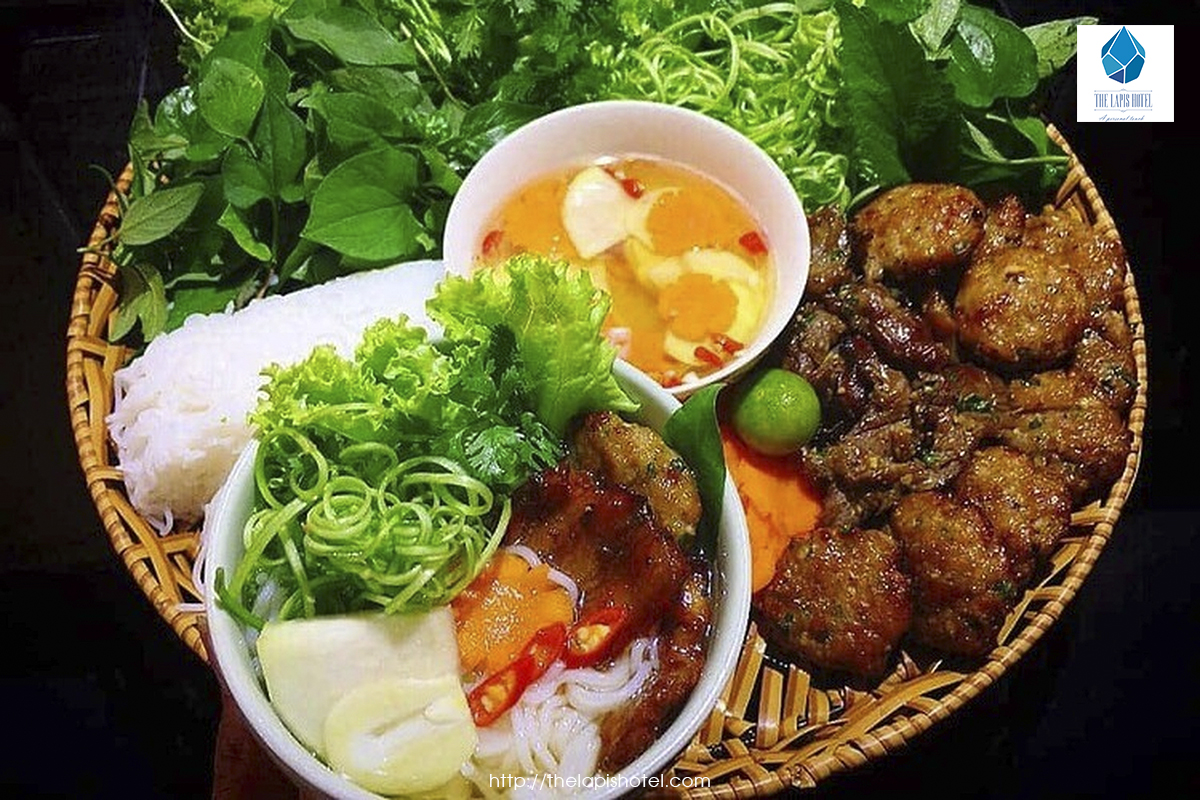
Famous Streets with Traditional Craft Villages
Hanoi’s Old Quarter not only impresses with its ancient beauty but also with its streets bearing unique names, closely associated with history and traditional industries.
- Hàng Ngang and Hàng Đào: These streets are the hub of beautiful fabric shops and are considered one of the busiest trading streets in Hanoi. The names of these streets reflect the main products sold, showcasing the traditional trading culture of Hanoi’s people.
- Hàng Bạc: This is an old street specialized in selling jewelry, silver, and precious metal crafts. Here, Hanoi’s skilled jewelers craft and sell famous jewelry products. Hàng Bạc has become a symbol of the jewelry craft, gathering shops specializing in jewelry and silver items.
- Hàng Mã: Hàng Mã street stands out with ceremonial items and traditional toys, especially during the Mid-Autumn Festival and other holidays. This street also sells decorations and items for religious ceremonies, with many ceremonial offerings for sale. The name “Hàng Mã” relates to paper products, symbolizing offerings to the gods.
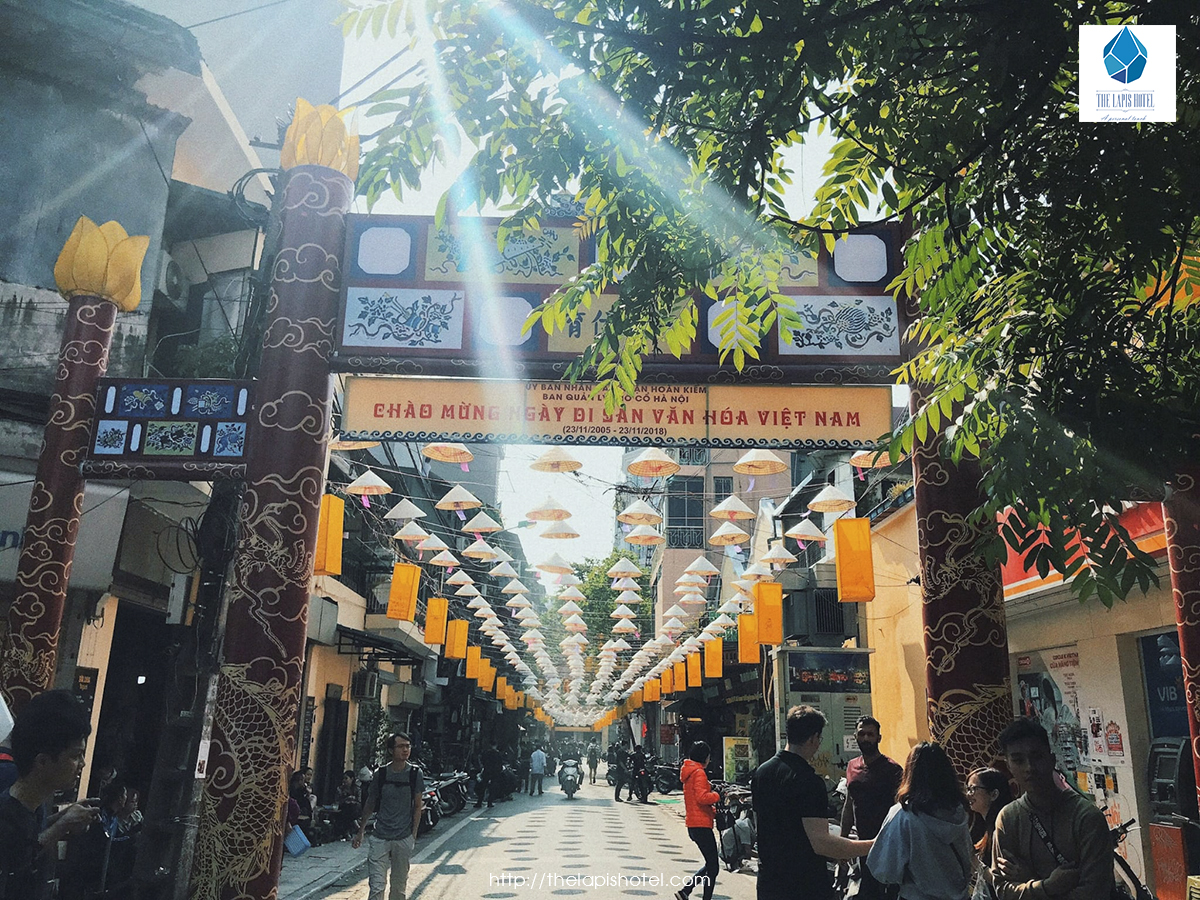
Ancient Architecture of Hanoi’s Old Quarter
Hanoi’s Old Quarter is distinguished by its characteristic tube houses, which have narrow frontages and long depths. This architecture not only optimizes living space but also embodies the traditional culture of the Vietnamese people. Additionally, the fusion of Vietnamese and French architecture is evident in details such as high windows, airy balconies, and tiled roofs. This harmonious combination has created a unique urban landscape in the Old Quarter.
Famous Historical Sites and Cultural Landmarks in the Hanoi’s Old Quarter
The Old Quarter is home to many important historical sites and cultural landmarks. Ngoc Son Temple, located in the middle of Hoan Kiem Lake, is a historical symbol with ancient architecture that attracts visitors who want to learn about Thang Long’s history. The One Pillar Pagoda, a symbol of Vietnamese Buddhism, impresses with its unique design and deep cultural value. Hoan Kiem Lake is not only a famous scenic spot but also associated with distinctive historical and cultural stories of Hanoi.
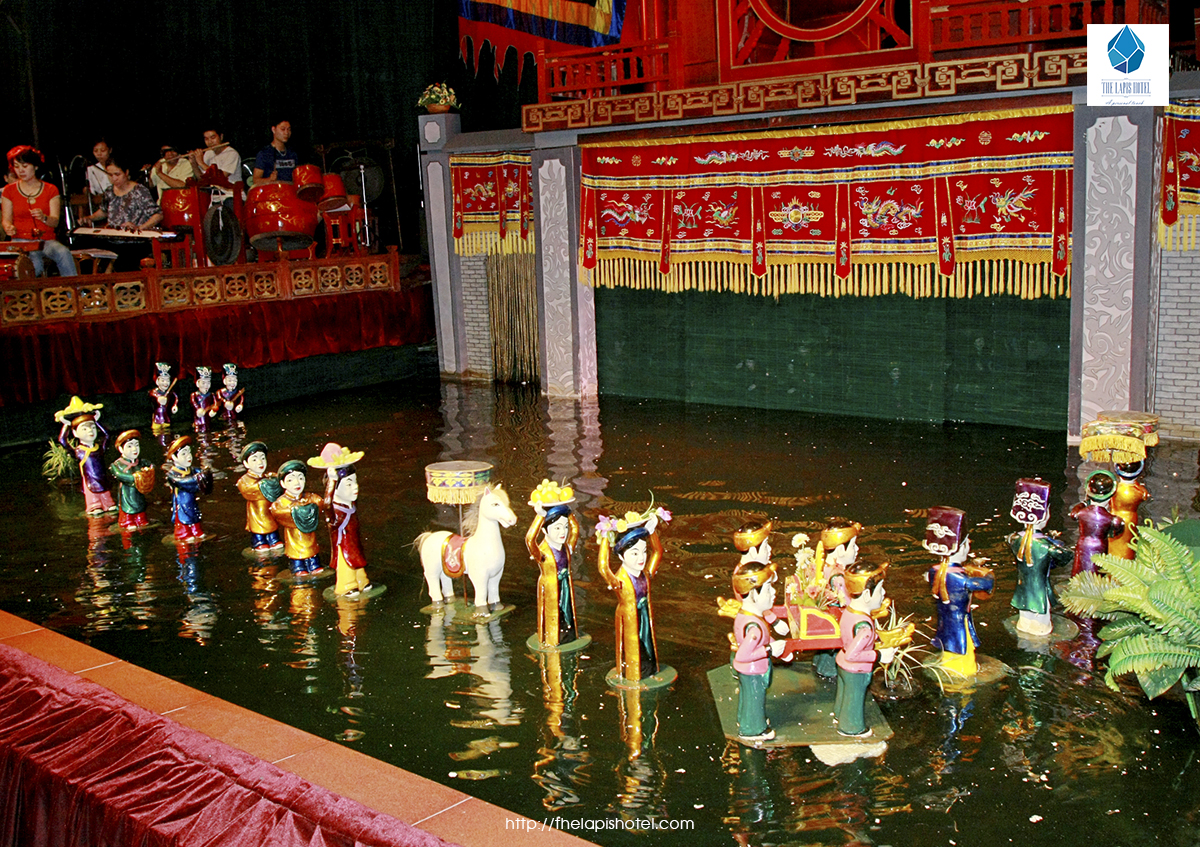
Festivals and Customs in Hanoi’s Old Quarter
The Old Quarter is a place that preserves many unique traditional festivals. The Incense Offering Festival at Ngoc Son Temple, the Gióng Festival, and spring festivals are significant cultural events that attract both locals and tourists. Long-standing customs are passed down from generation to generation, contributing to the preservation of the distinctive cultural identity of Hanoi’s people.
Intangible Cultural Heritage
Traditional art forms such as ca tru singing, xam singing, along with distinctive festivals and customs, have become an indispensable part of life here. Additionally, specialty dishes like pho, bun cha, and com are cultural heritages that captivate visitors, providing a complete experience of Hanoi’s beauty.
The Image of the Old Quarter Through the Lenses of Photographers
Each corner of the street bears a mark of time, from old signboards to exquisite architectural details, creating a vivid picture of Hanoi’s history and culture.
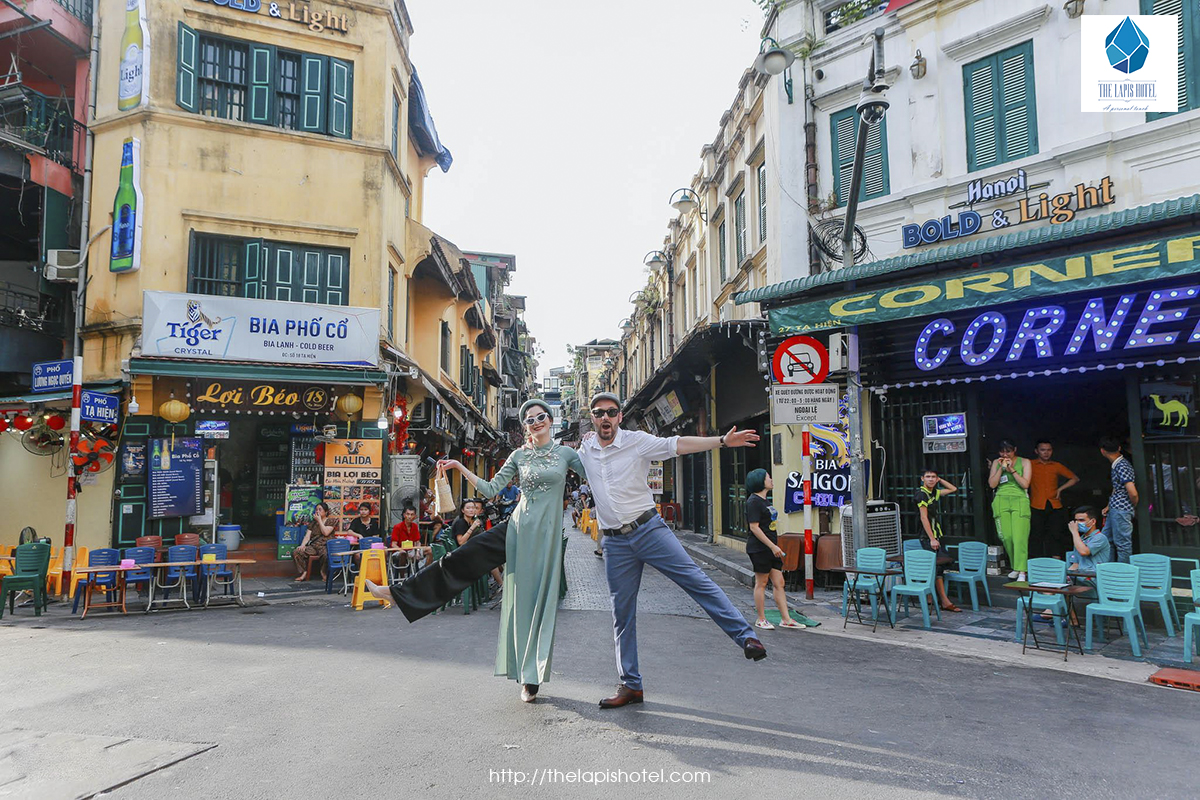
The Beauty of Hanoi’s Old Quarter Changes with the Seasons
Hanoi’s Old Quarter is beautiful all year round, but each season brings its own unique charm.
- Winter brings tranquility, as the cold seeps through every corner, highlighting the ancient beauty of old houses.
- Spring dresses the Old Quarter in a fresh look with vibrant flowers and the excitement of traditional Tet celebrations.
- Summer sees sunlight streaming through the narrow alleys, creating a lively and radiant scene.
- Autumn covers the streets with falling yellow leaves, creating a romantic and peaceful setting.
Each season, the Old Quarter puts on a new appearance, like a living painting that constantly changes but always retains the peaceful and charming essence of a place rich in history and culture.
Everyday Moments of the People in the Old Quarter
The Old Quarter is not only beautiful in its architecture and scenery but also enchanting with its everyday moments.
- The image of elderly people sitting with a pot of tea, street vendors carrying their goods, and artisans meticulously crafting traditional items are authentic slices of life here.
- Children playing in the alleys, the sounds of laughter and chatter, and the bustling pace of life create an Old Quarter that is both familiar and vibrant, captivating visitors.
Every step, every face, every simple task contributes to a vivid picture full of Hanoi’s cultural essence.
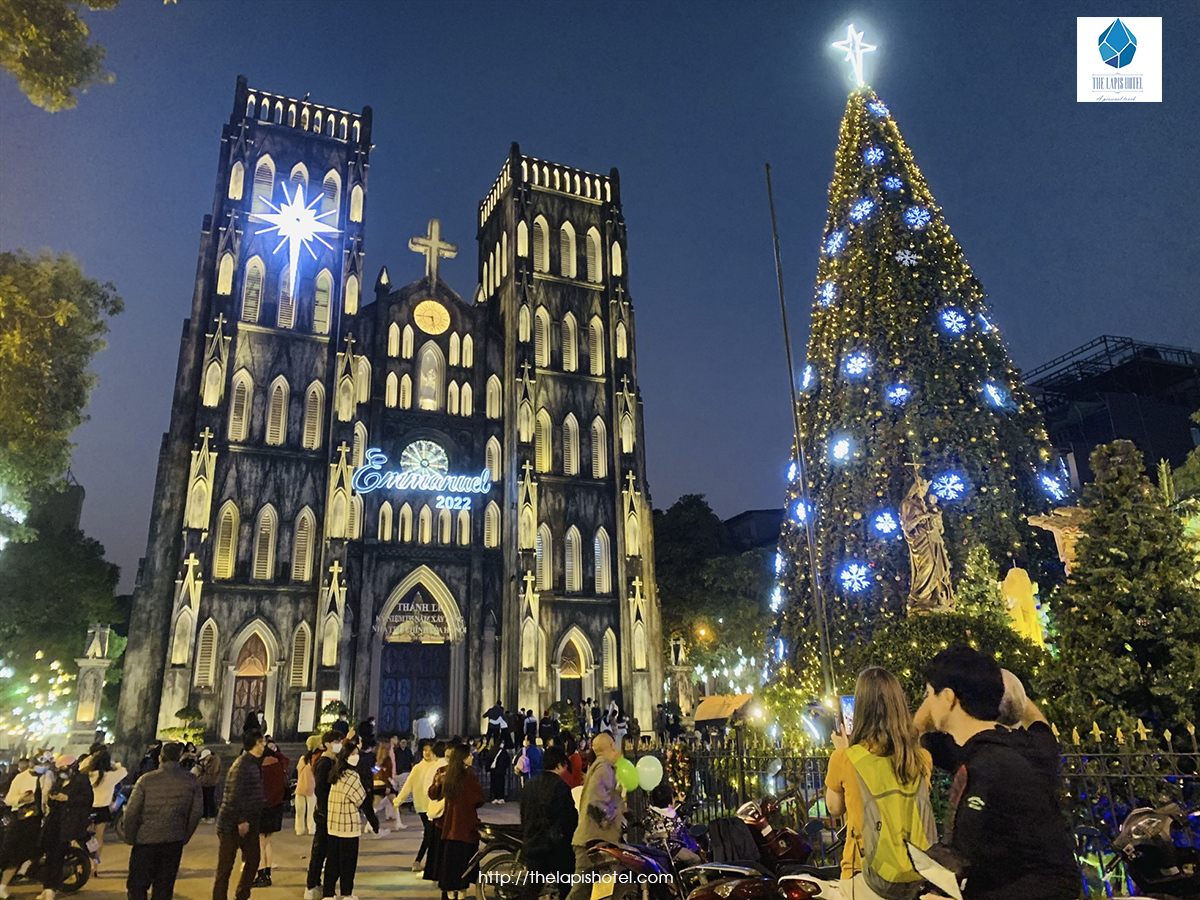
Famous Attractions in the Old Quarter
The ancient architecture, sacred relics, and poetic spaces in Hanoi always provide endless inspiration for both domestic and international tourists.
Ngoc Son Temple
Ngoc Son Temple is a cultural symbol located in the heart of Hoan Kiem Lake, built in the 19th century. This temple is dedicated to Van Xuong De Quan, the deity of literature, and Tran Hung Dao, a great general in Vietnamese history. Highlighted within the grounds is the red-lacquered, gold-painted The Huc Bridge, which leads to the temple with architecture harmoniously blending nature and history. Visitors come here not only to learn about cultural values but also to enjoy the peaceful and poetic scenery in the heart of the city.
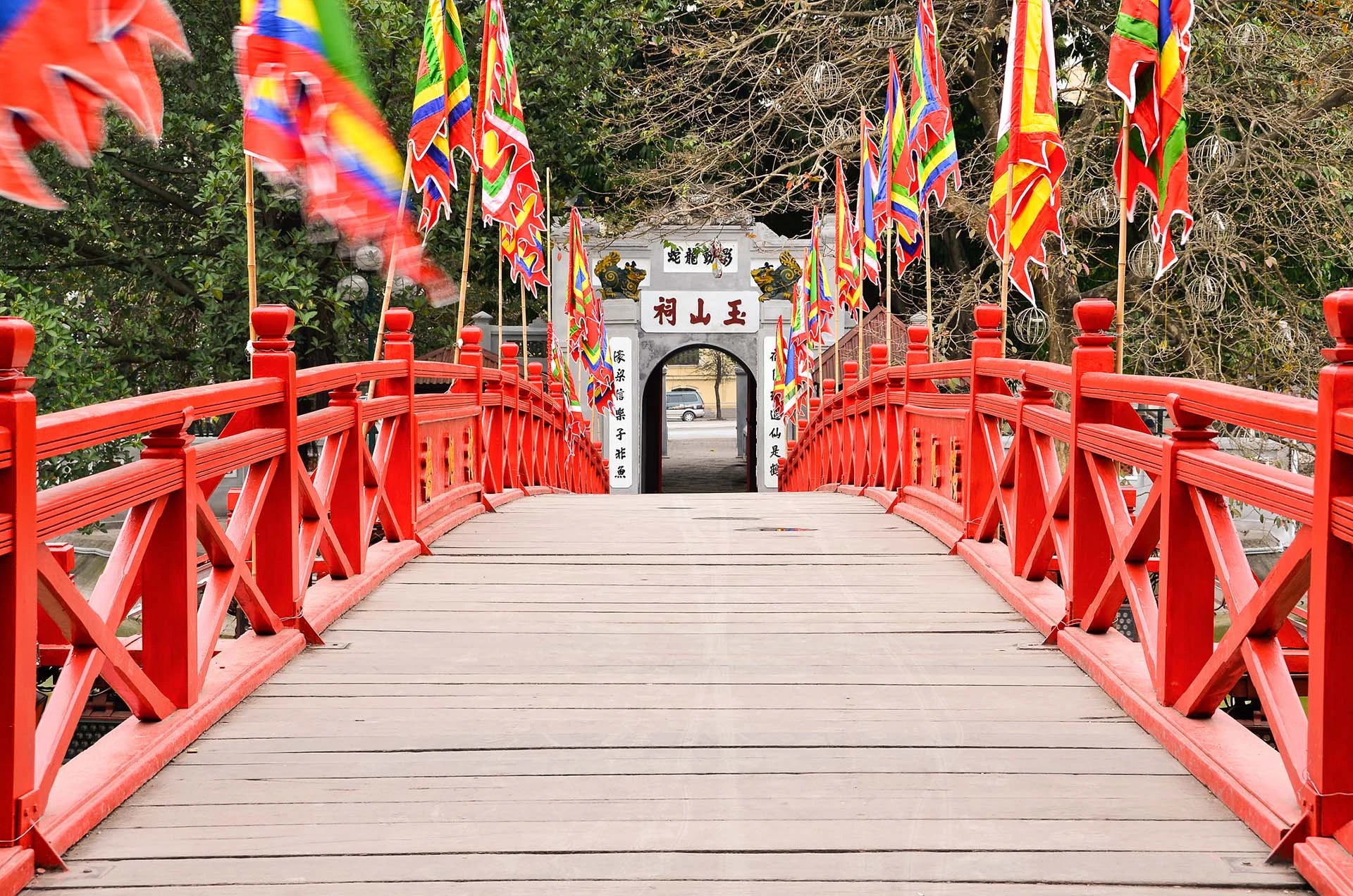
One Pillar Pagoda
One Pillar Pagoda, also known as Dien Huu Pagoda, was built under the reign of King Ly Thai Tong in 1049. The pagoda has a unique design, resembling a lotus flower rising from the water, symbolizing purity and wisdom in Buddhism. This architectural marvel not only holds deep spiritual value but also serves as an important destination in the journey to explore Hanoi. The tranquil surroundings of the pagoda provide a peaceful atmosphere, helping visitors escape the hustle and bustle of city life.
Hoan Kiem Lake and Surrounding Monuments
Hoan Kiem Lake is not only a cultural center but also a historical symbol of Hanoi. With the legend of King Le Loi returning the sword to the Turtle God, this place is associated with patriotism and traditional values. The attractions around the lake, such as Turtle Tower, The Huc Bridge, and Ngoc Son Temple, create a perfect blend of history and natural scenery.
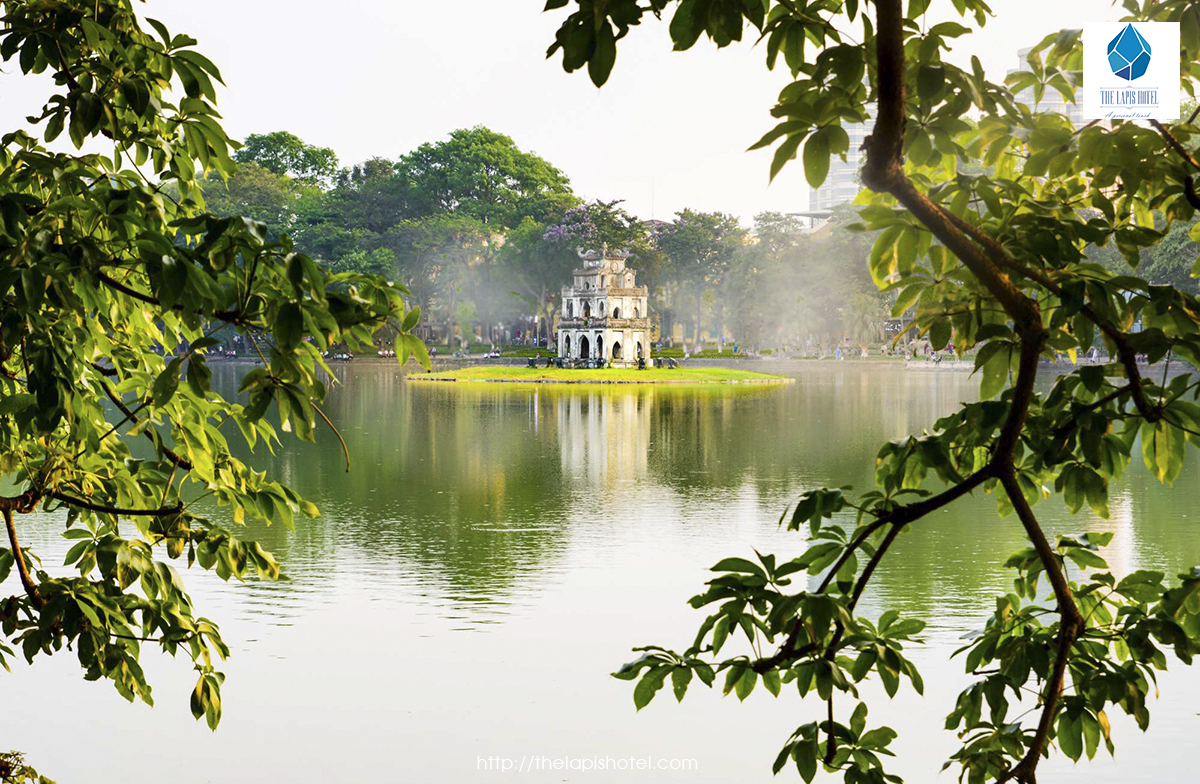
Old Quarter Museum
The Hanoi Old Quarter Museum is an ideal destination to explore unique cultural values. This place displays artifacts, models, and documents that recreate the life of residents through various periods. Visitors can learn about traditional crafts such as silk weaving, jewelry making, and carving, as well as how the Old Quarter evolved from a commercial center to a place that preserves the cultural essence of the capital. This museum is a wonderful place to gain deeper insights into Hanoi’s cultural identity and history.
Must-Try Specialty Foods in Hanoi’s Old Quarter
These famous dishes not only satisfy your taste buds but also reflect the sophistication and culinary culture of the thousand-year-old city.
Beef Pho, Chicken Pho
Pho is the culinary symbol of Vietnam, and nowhere makes pho as delicious as Hanoi. A perfect bowl of pho must have clear, sweet broth from simmered bones, blended with the flavors of ginger, grilled onions, and herbs. Tender beef or chicken is served with chewy white noodles, along with a touch of lime, chili, and fresh herbs.
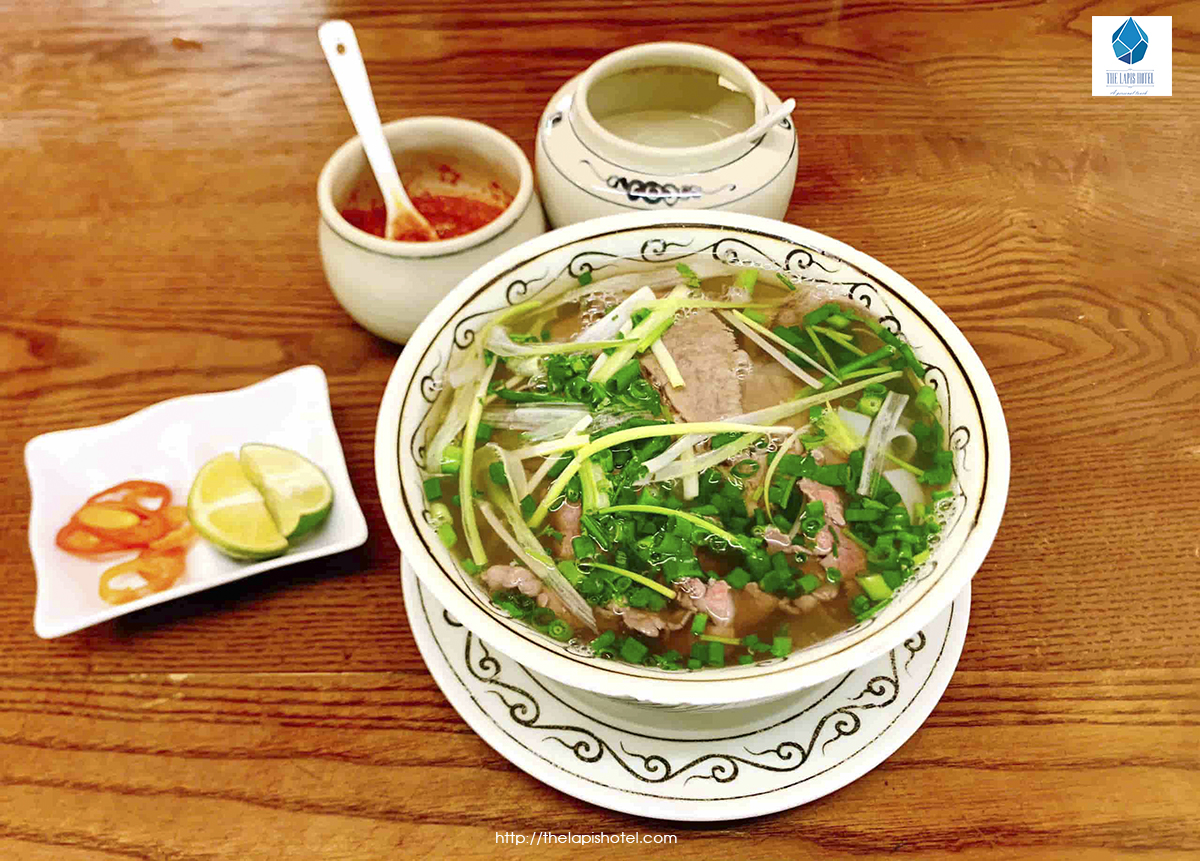
Hanoi Bun Cha
Bun cha is a harmonious combination of golden grilled meat and fresh noodles. The unique feature of this dish lies in the delicately prepared sweet and sour fish sauce, with a touch of green papaya and crunchy pickled carrots. When eating, fresh vegetables like lettuce, basil, and perilla are essential to enhance the delicious flavors of the dish.
Cha Ca La Vong
Cha Ca La Vong is a dish made from fresh fish, usually catfish or snakehead fish, marinated with turmeric, galangal, fermented rice, and distinctive spices, then grilled until golden. When served, the fish is placed on a hot pan, with dill and spring onions added for a fragrant aroma, and eaten with noodles, roasted peanuts, and shrimp paste mixed with lime and sugar.
Banh Cuon
Hanoi banh cuon stands out with its thin, soft rice flour crepe, made from finely milled rice flour and steamed on a thin cloth layer. The filling consists of minced pork and finely chopped wood ear mushrooms, stir-fried to perfection. Delicious banh cuon is served with sweet and sour fish sauce, aromatic cinnamon pork sausage, and crispy fried shallots.
Com Lang Vong
Com Lang Vong, green sticky rice flakes, have a jade green color and are fragrant and chewy, made from young sticky rice. Visitors often buy com to enjoy with ripe bananas or as a gift for loved ones.
Trang Tien Ice Cream
Trang Tien Ice Cream is a nostalgic part of Hanoi residents’ childhoods. The green rice ice cream bars, creamy coconut ice cream, or refreshing yogurt ice cream are perfect choices to cool down on hot summer days. No matter the season, Trang Tien Ice Cream always brings a sweet and reminiscent feeling.
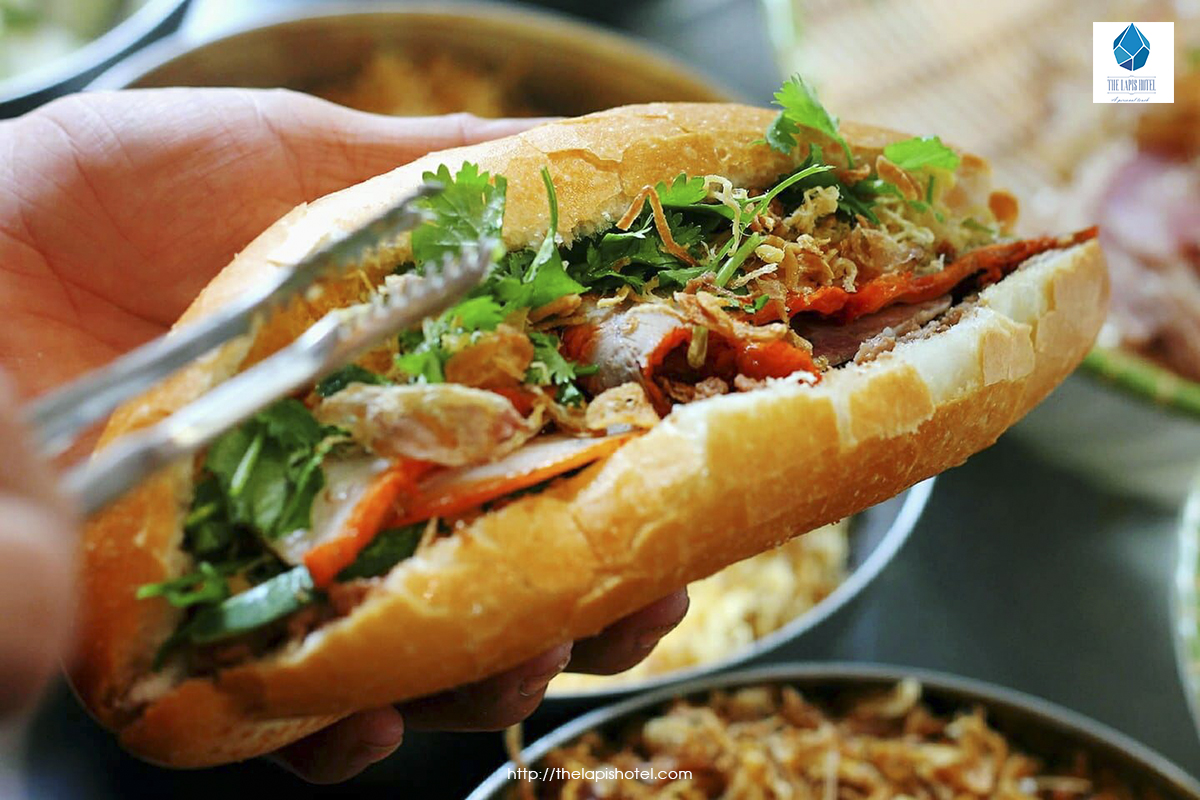
Detailed Information and Ticket Prices for Visiting the Old Quarter
A detailed table of transportation information and ticket prices for visiting Hanoi’s Old Quarter, helping tourists easily plan and fully enjoy their trip.
| CONTENT | DETAIL INFOMATIONS |
| Distance from The Lapis Hotel to the Old Quarter | The Lapis Hotel is located 1-2 kilometers from the center of the Old Quarter, depending on specific destinations such as Hang Ngang and Hang Dao. The short distance allows visitors to easily access popular sites such as Hoan Kiem Lake and Ngoc Son Temple. |
| Transportation options | Walking: Ideal for those who want to enjoy the street atmosphere and take in the surroundings. |
| Taxi/Grab: Quick and popular services, suitable for groups of friends or families, easy to book via the app. | |
| Bicycle/Motorbike: Tourists can rent bikes at the hotel or nearby shops, with bicycle rental prices ranging from 50,000 to 80,000 VND per day, and motorbike rental prices from 100,000 to 150,000 VND per day. | |
| Cyclo: A traditional means of transportation offering a unique experience when touring the Old Quarter. Prices range from 150,000 to 200,000 VND for about a one-hour tour. | |
| Electric Bus: A modern and environmentally friendly means of transport, with ticket prices ranging from 20,000 to 50,000 VND per ride. | |
| Travel Time | Walking: Travel time is about 10-15 minutes depending on the specific destination within the Old Quarter. |
| Taxi/Grab: Quick transportation takes only 5-7 minutes, convenient when you don’t want to waste time. | |
| Bicycle/Motorbike: Takes about 5-10 minutes, convenient for those who love the freedom of exploration. | |
| Cyclo: The tour usually lasts from 15-20 minutes, offering an interesting experience while moving around and sightseeing. | |
| Ticket Prices | Exploring the streets of the Old Quarter: Completely free, visitors can freely explore this area. |
| Ngoc Son Temple: Entrance fee is about 30,000 VND for adults, 15,000 VND for children and students. | |
| Old Quarter Museum: Entrance fee ranges from 20,000 to 40,000 VND, helping visitors understand the history of this area. | |
| One Pillar Pagoda: Entrance fee is about 25,000 VND, it is a historical and cultural symbol of Hanoi. | |
| Cyclo tour: Cyclo tour prices range from 150,000 to 200,000 VND per trip, including explanations about the prominent destinations. | |
| Guided tour: Costs range from 300,000 to 500,000 VND per person, including famous tourist spots and detailed guidance services. |
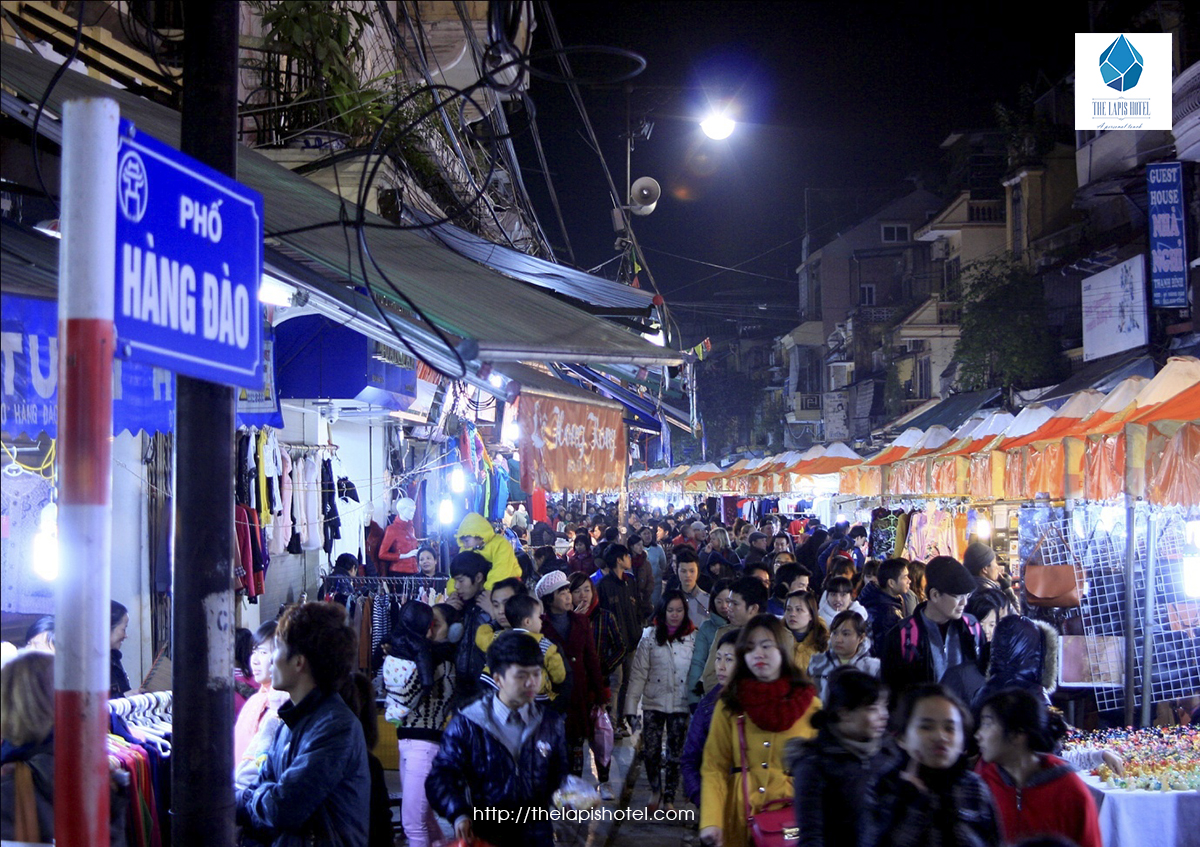
Detailed Information & Specific Guidance for Touring Hanoi’s Old Quarter from The Lapis Hotel
The Old Quarter is just a short distance from The Lapis Hotel and is a place where visitors can immerse themselves in the rich historical atmosphere of Hanoi’s capital. From historical relics and unique architectural works to flavorful dishes, the Old Quarter is not just a sightseeing spot but a journey to explore the soul of Hanoi.
- Phone: +8424 3633 3333
- Email: info@thelapishotel.com
- Official Website: https://thelapishotel.com
- Social Media: https://www.facebook.com/thelapishotel
- Adress: 21 Tran Hung Dao Street, Hoan Kiem Dist, Hanoi, Vietnam
